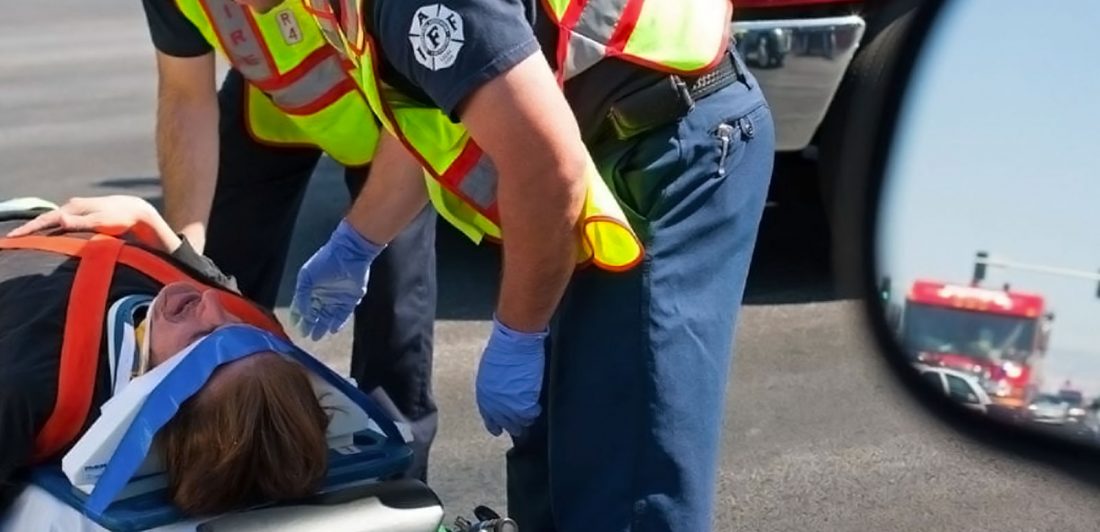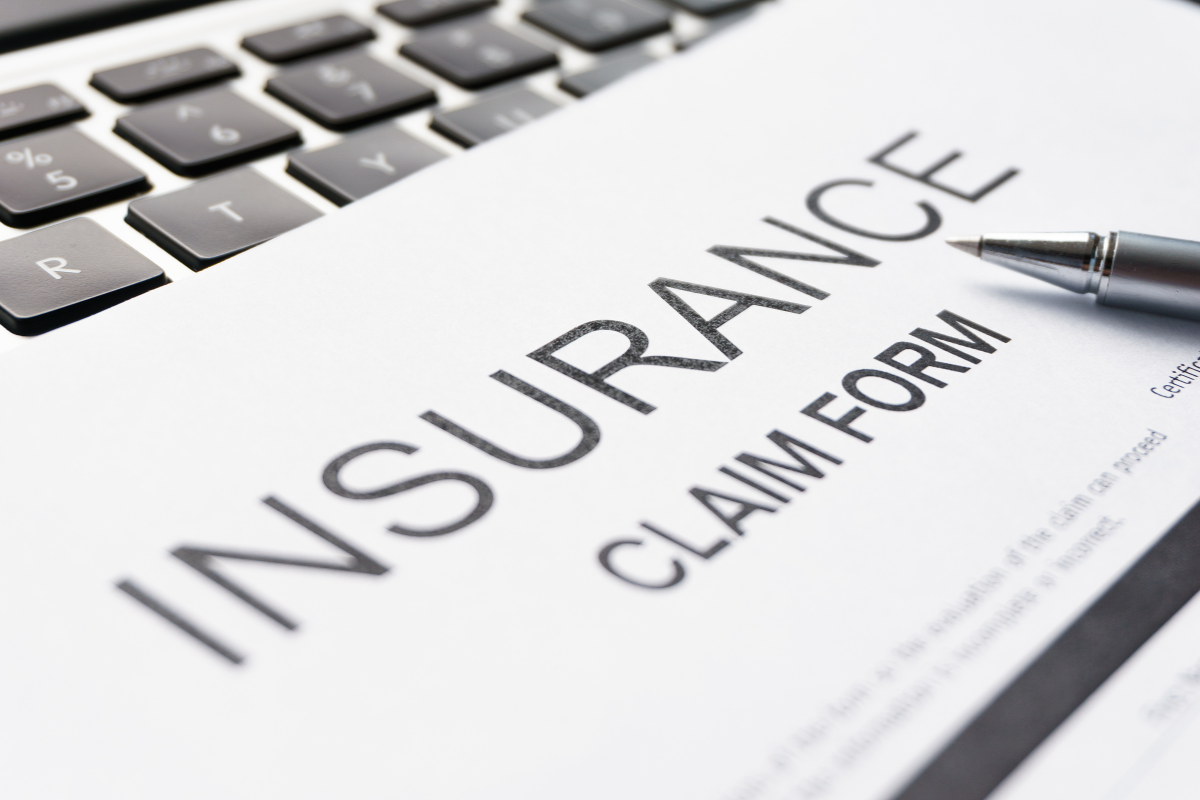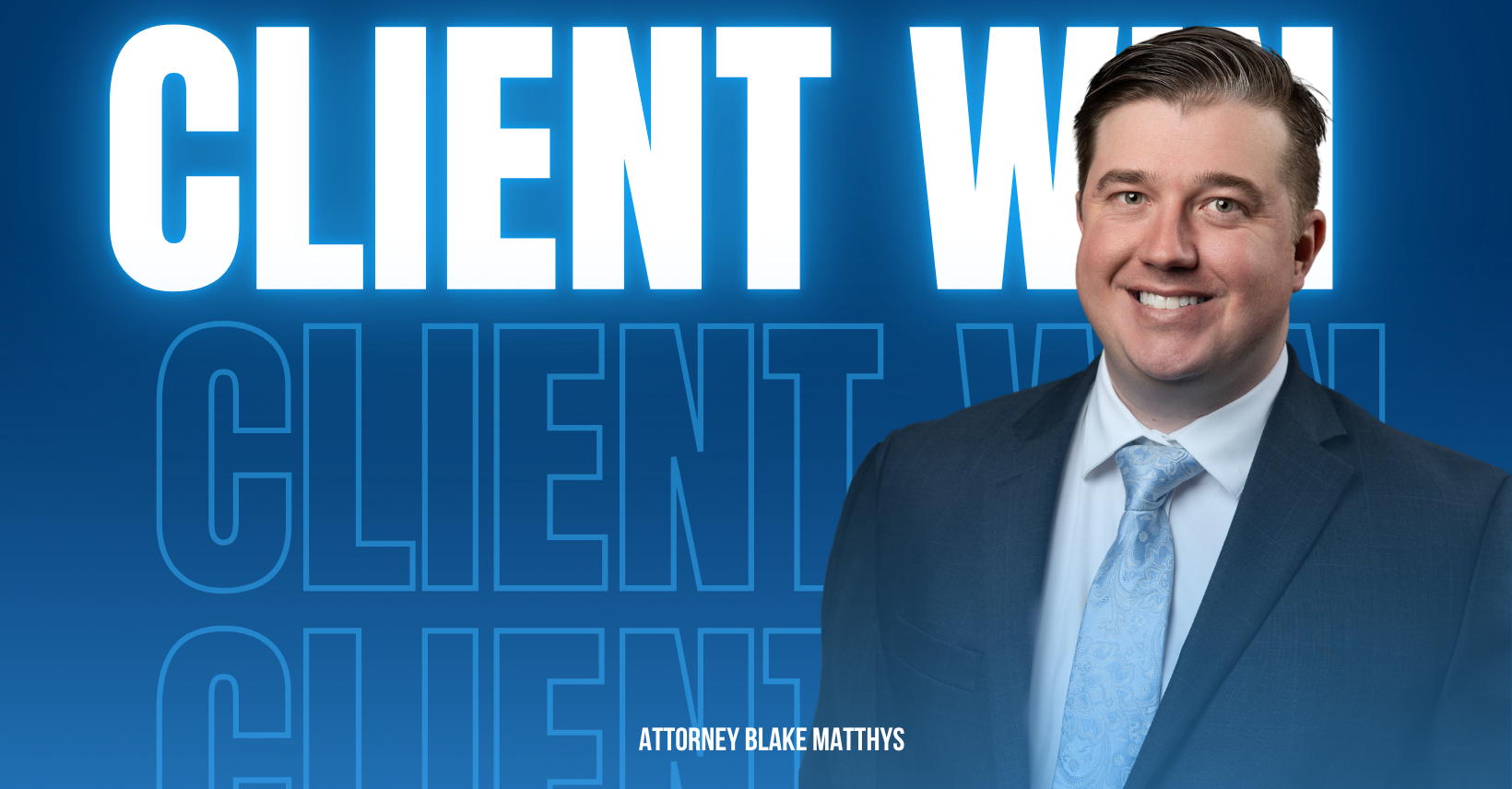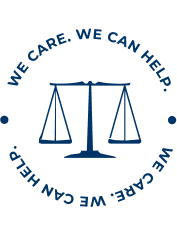According to the Mayo clinic, auto collisions are responsible for 40 percent of spinal injuries every year. Because the spine is made up of nerves that allow your brain to send signals to your body, a spinal cord injury has the potential of very serious, life-altering consequences. Back and neck injuries suffered in a car crash can even lead to paralysis or partial paralysis.
Common back and neck injuries sustained in car crashes are often discussed together because they both concern the spine. These injuries tend to be very similar, just located in different areas of the spine.
Whiplash
Whiplash refers to a jerking motion to your neck and back areas. It is often associated with rear-end collisions. Whiplash has four phases that consist of a different force acting on the body and contributing to the injury.
Phase 1– During the first phase, your mid-back flattens against the seat, and a force travels up the spine compressing your discs and joints. This force causes the vertebrae to press together while your torso accelerates forward and your head is traveling backward.
Phase 2– Your torso reaches the peak of its forward acceleration, but the head is still moving backward. Your cervical spine will develop an abnormal S-curve as your seat back is pushed forward during the impact, adding to the forward movement of your torso. This is what leads to some of the most damaging aspects of a whiplash injury such as bone, joint, nerve and disc injuries.
Phase 3– Your torso during this phase is descending back into the seat, while your head and neck are at their peak forward acceleration. Your vehicle is slowing down during this time and application of the brake will cause the vehicle to slow down even quicker and increase the force of the head’s forward movement increasing the severity of the flexion injury to the neck.
Phase 4– This is the most violent and damaging phase of whiplash. The torso comes to a complete stop because of the seatbelt and shoulder restraint, but your head, neck and upper back may continue to accelerate forward unimpeded. These movements cause a dangerous forward-bending motion of your neck, leading to strained muscles and ligaments, tearing fibers in the spinal discs and forcing vertebrae out of their normal position. Some of the most damaging injuries to the spine occur in this phase. For example, the impact can potentially cause your brain to strike the inside of your skull leading to concussion or traumatic brain injury. Further, the spinal cord and nerve roots may become stretched and highly irritated.
Whiplash symptoms
Symptoms of whiplash appear within 24 hours of the initial injury. Common symptoms include:
- Headaches often at the base of the skull
- Dizziness
- Blurred vision
- Fatigue
Chronic whiplash- effects and symptoms last for six months or more.
- Pain in upper and lower back regions
- Severe headaches
- Blurry vision
- Constant fatigue
- Jaw pain
- Irritability
- Ringing in the ears
Whiplash treatment
One of the most effective treatments to minimize the long-term impact of back and neck injuries is chiropractic care. Manual manipulation of the spine is a procedure used to restore the normal movement and position of the spinal vertebrae. Other treatment plans may include mobilization, massage or rehabilitative exercises.
Chiropractic care will improve the patient’s ability to turn and tilt the head and reduce, pain, soreness and stiffness.
Brain injury
As discussed previously, mild to moderate brain injury is common following a whiplash injury. Our brains are suspended in a watery like fluid called cerebrospinal fluid. When whiplash forces cause the brain to bounce around the inside of the skull, bruising and bleeding in the brain may occur.
It is important to understand that if you are not wearing a seatbelt, you are likely to sustain added injuries such as a concussion or a severe traumatic brain injury from striking the steering wheel or windshield.
Brain injury signs and symptoms
- Mild confusion or disorientation right after the collision
- Fifficulty concentrating
- Sleep disturbances
- Irritability
- Forgetfulness
- Depression
- Emotional instability
Brain injury treatment
Brain injuries can worsen rapidly without treatment. The treatment will depend on the severity of the injury. For example, mild traumatic brain injuries require plenty of rest and over the counter pain relievers, as long as they do not show signs of symptoms worsening. Most mild brain injury patients will return to normal routines gradually.
Emergency care will be necessary for those who experience moderate to severe traumatic brain injuries to ensure the patient has enough oxygen, adequate blood supply, maintaining blood pressure and preventing further injury to the head or neck.
Very severe cases of traumatic brain injury may require surgery and rehabilitation.
Spinal fractures
Spinal fractures as the result of a car crash are common in middle and lower back. During impact, the upper body may be pushed forward while the lower body is held in place. The vertebrae start to pull apart during this movement. If the broken vertebrae move out of place, a spinal cord injury is a likely outcome.
Don’t move a person that is suspected to have a spinal fracture because movement can cause further damage. First responders will use a neck collar and backboard to immobilize the injured person before transporting them to the hospital.
Spinal fracture symptoms
- Moderate to severe back pain that worsens with movement
- Tingling
- Numbness
- Weakness
- Loss of bladder and bowel control
Spinal fracture treatment
Bracing helps reduce the pain and prevent deformity after a spinal fracture. Most fractures are treated with immobilization for up to twelve weeks.
In severe cases, surgery is an option.
Spondylolisthesis
The movements a car collision inflicts on our bodies can cause stress on the bones in the lower back and may shift the vertebrae out of place. This spinal disorder is known as Spondylolisthesis. Depending on how far the vertebrae slips, pressed nerves may cause severe back pain. Nerve crowding is also a possible outcome if the vertebrae slip too far, producing leg pain and numbness.
Spondylolisthesis symptoms
Some people who have spondylolisthesis might not show any symptoms, others may experience the following:
- Pain, numbness or weakness in buttocks or leg that worsens when standing
- Difficulty walking
- In extreme cases, loss of bladder or bowel control
Treatment for spondylolisthesis
Pain medications such as acetaminophen will reduce inflammation while heat or ice application will reduce pain.
If non-surgical treatment is not successful in relieving the patient’s pain, surgery may be an option. Spinal fusion surgery should decrease pain generated from the joint by stopping the motion at a painful vertebral segment.
Herniated disc
Spinal discs have a soft center encased in a tougher exterior. When the soft area pushes out through a tear in the tougher exterior, the surrounding areas will become irritated and result in pain. This is known as a herniated disc. Discs absorb the majority of the impact to the spine and are more common in the lower back.
Herniated disc symptoms
Although some people experience no symptoms, others may experience:
- Arm or leg pain depending on the location of the herniated disc
- Tingling
- Numbness
- Weakness in an arm or leg
Treatment for a herniated disc
In most cases, treatment will consist of self-care and therapy. The patient may feel relief with a heating pad and take medications to reduce inflammation. Chiropractic treatment, stretching, and physical treatment may be considered if the pain is not resolved within a few weeks.
How The Carlson Law Firm can help
If you have experienced back and neck injuries as the result of someone else’s negligence, we want to help. We have been representing personal injury victims for over four decades and holding those responsible for causing harm accountable. Contact The Carlson Law Firm for a free, no-obligation consultation. We will fight for maximum compensation on your behalf while ensuring you are receiving the appropriate treatment for your recovery. We care, we can help.





